Cassini is a spacecraft that is designed NASA. Huygens was designed by NASA, ESA (European Space Agency) and ASI (Italian Space Agency). Cassini’s main objective is to study the outer atmosphere of Saturn and its rings.
No one probably knew back then that this mission would be successful and be a breakthrough in outer space study.
The mission was launched in the year 1997.
** 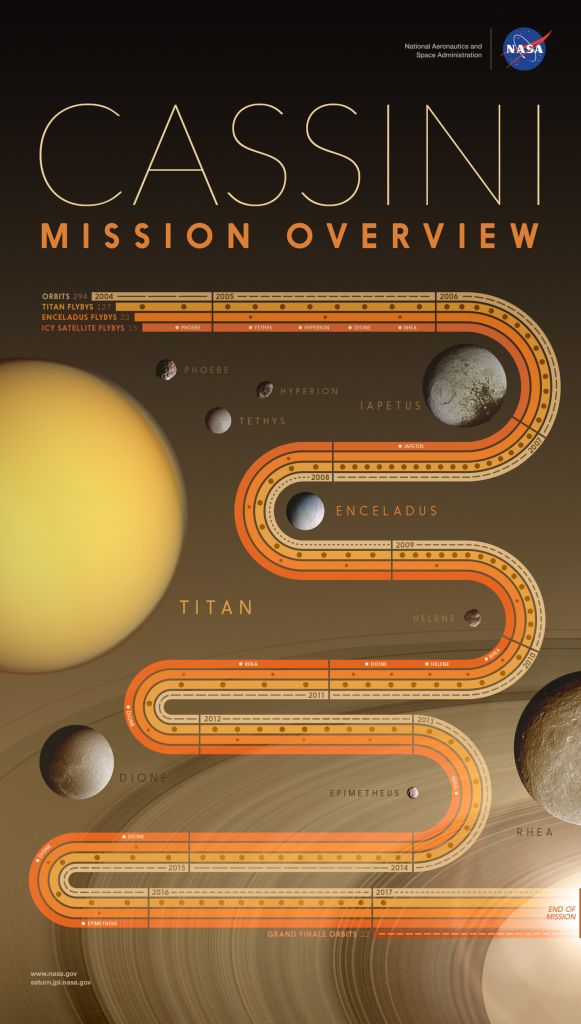 **
**
After 13 years of successful flyby’s, Cassini captured a lot of information. Information about Saturn, it’s atmospheric components, moons Enceladus and Titan.
The Huygens landing on Titan gave a brief look at what it is like on other heavenly bodies in our solar system. Titans oceans gave a sign of habitable atmosphere to any extra-terrestrial microbes.
On September 15, 2017 around 5:30 PM IST, the Cassini spacecraft burned in the outer atmosphere of Saturn. In a move to prevent the spacecraft crashing on any of Saturn’s moons, this decision was taken.
Cassini didn’t have enough impulse to exit from Saturn’s atmosphere. This means that it has to simply stay there till it deteriorates. This may end up in crashing with any of Saturn’s moons in their orbit contaminating them.
Hence this step of crashing Cassini in Saturn’s outer atmosphere was vital.
At the end of its mission, the Cassini spacecraft executed the “Grand Finale” of its mission. It included lots of risky passes through the gaps between Saturn and Saturn’s inner rings
This is the video of Cassini’s Grand Finale:
Until the last moment it entered Saturn’s atmosphere, Cassini was capturing information and sending it to earth.
This is what Cassini looks like:
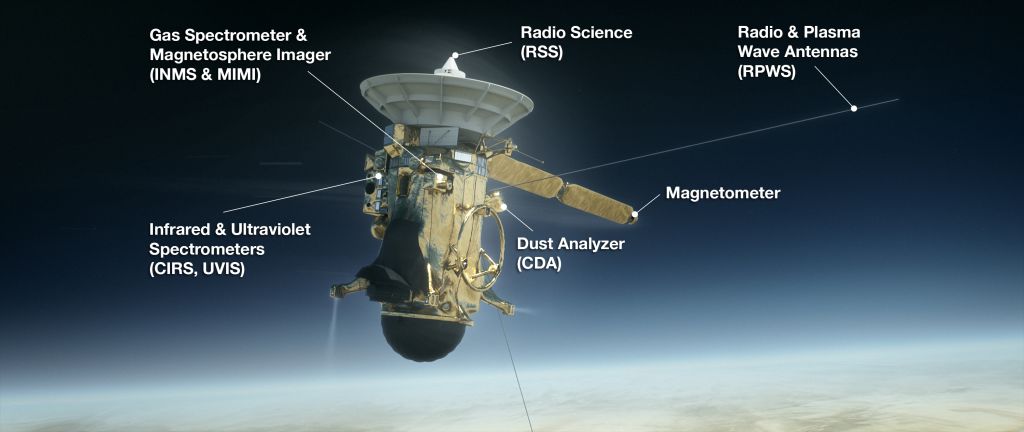
Cassini’s Achievements:
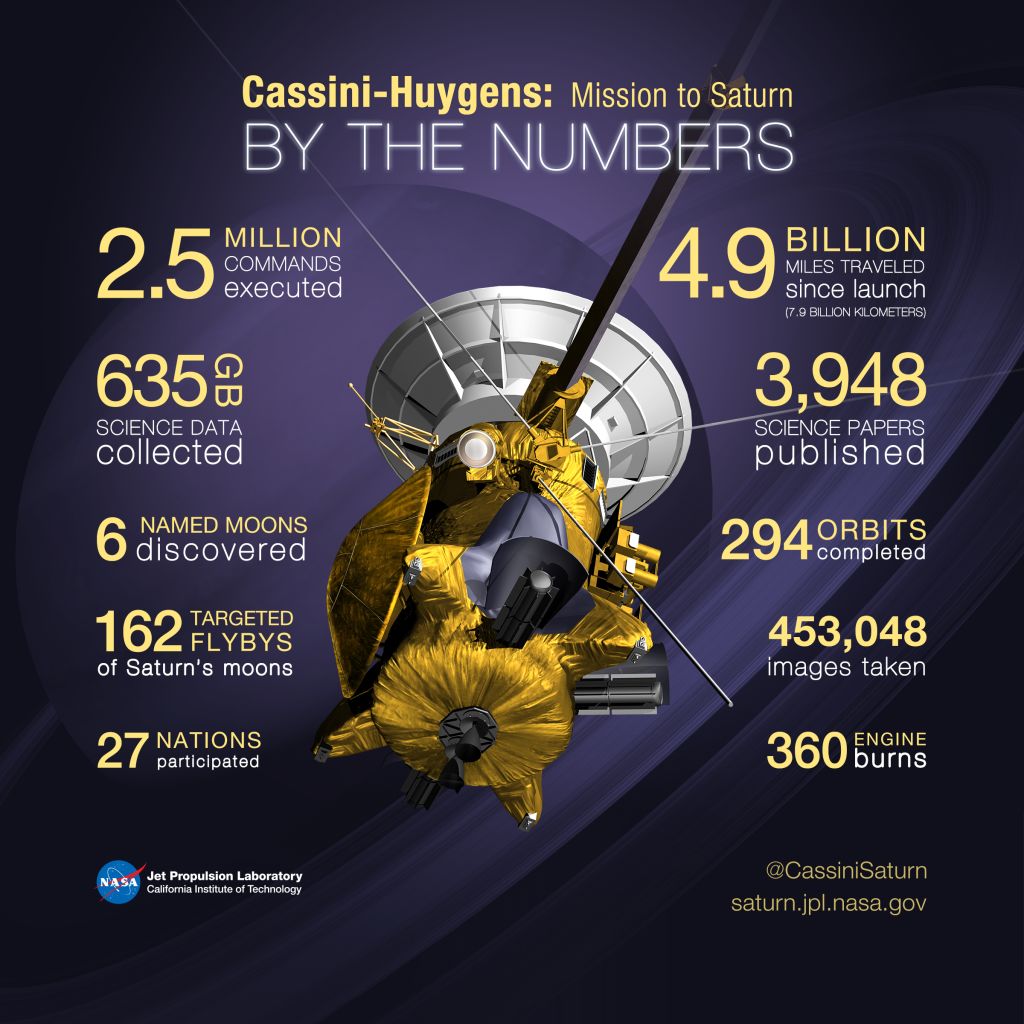
Here are some images captured from Cassini:
Titan Moon:
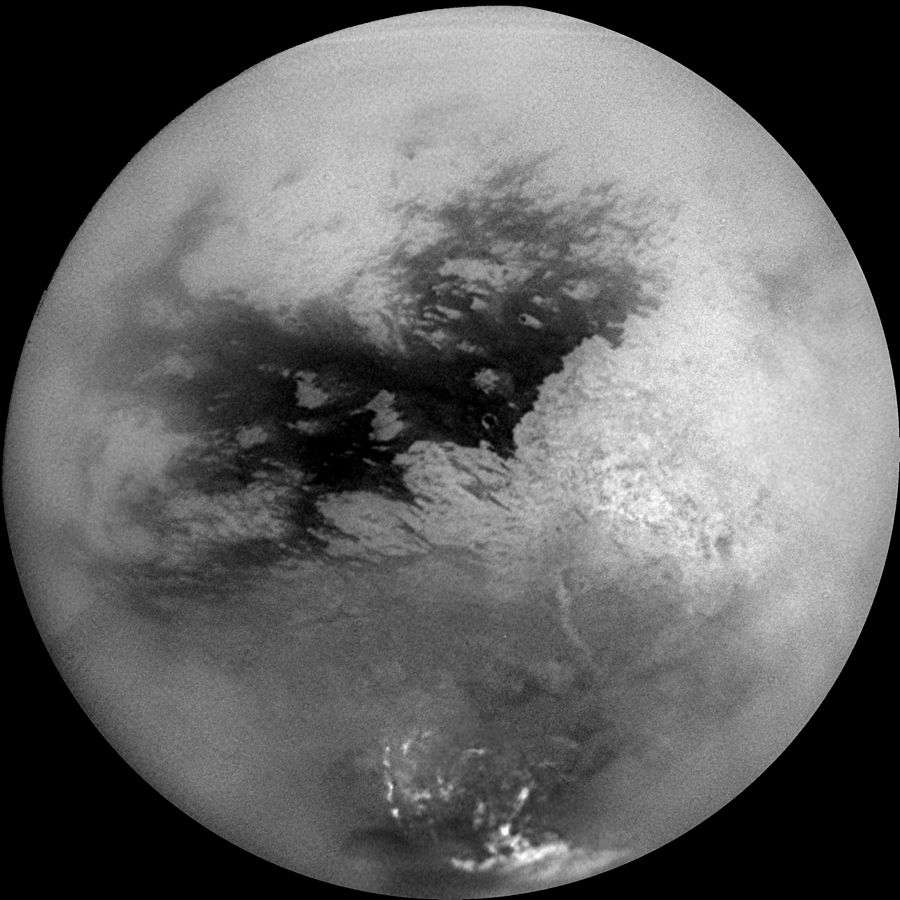
Hexagonal North Vortex:
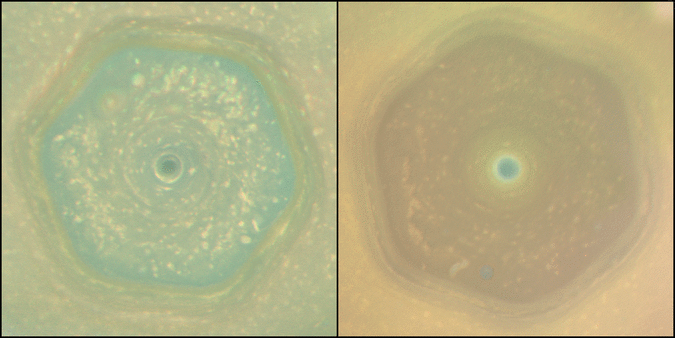


Some of Cassini’s prime objectives were:
- Determining the nature and origin of the dark material on Iapetus’s leading hemisphere.
- Studying the dynamic behavior of Saturn’s atmosphere at its cloud level.
- Measuring the three-dimensional structure and dynamic behavior of the magnetosphere.
- Determining the three-dimensional structure and dynamic behavior of the rings of Saturn.
- Characterizing Titan’s surface on a regional scale.
- To check composition of the satellite surfaces and the geological history of each object.
Each of them were executed perfectly. The mission was executed beyond expectations and a perfect success!
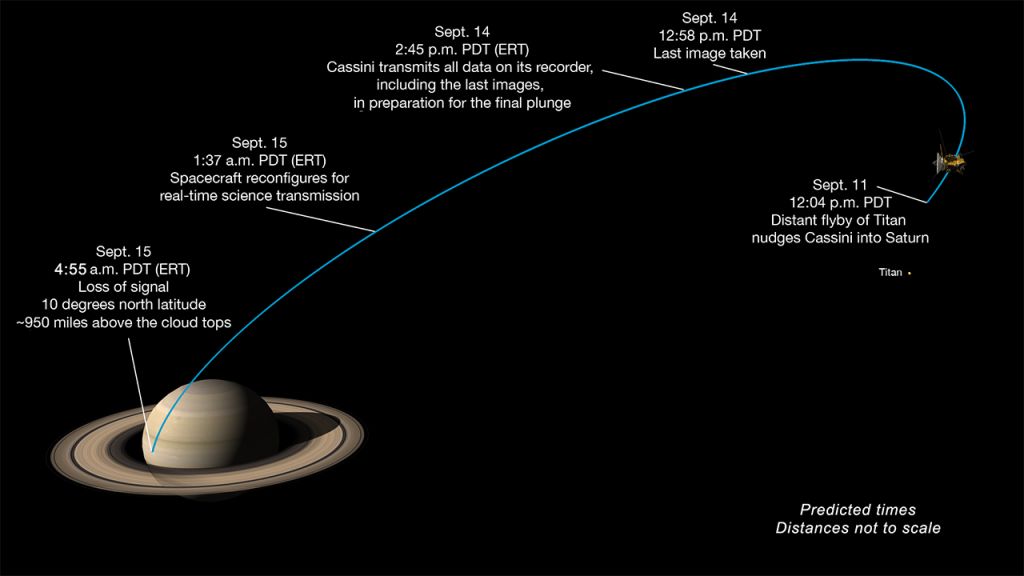
Final images taken from Cassini (Source: NASA JPL):
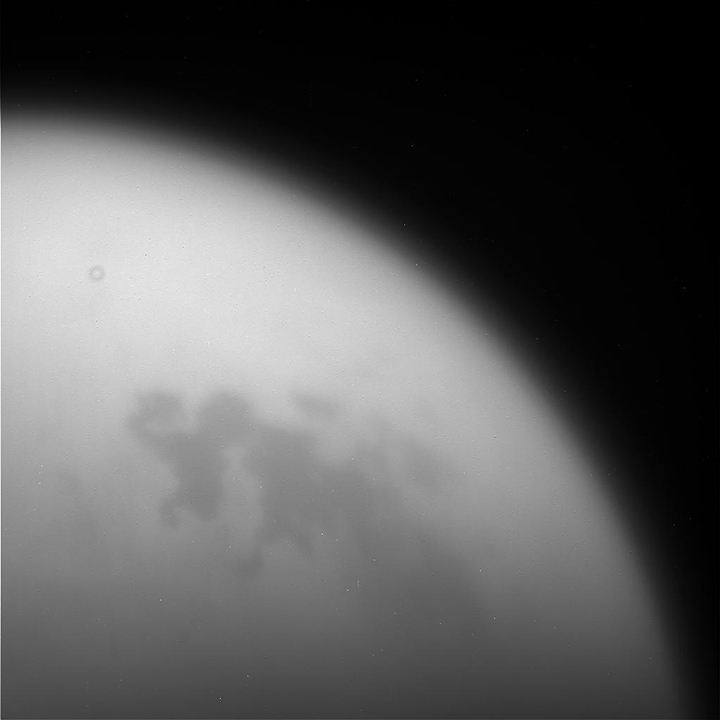
Enceladus Setting Behind Saturn
The universe is an unexplained phenomenon. No one ever could explain what the universe is how it came to this stage. No one probably ever will.
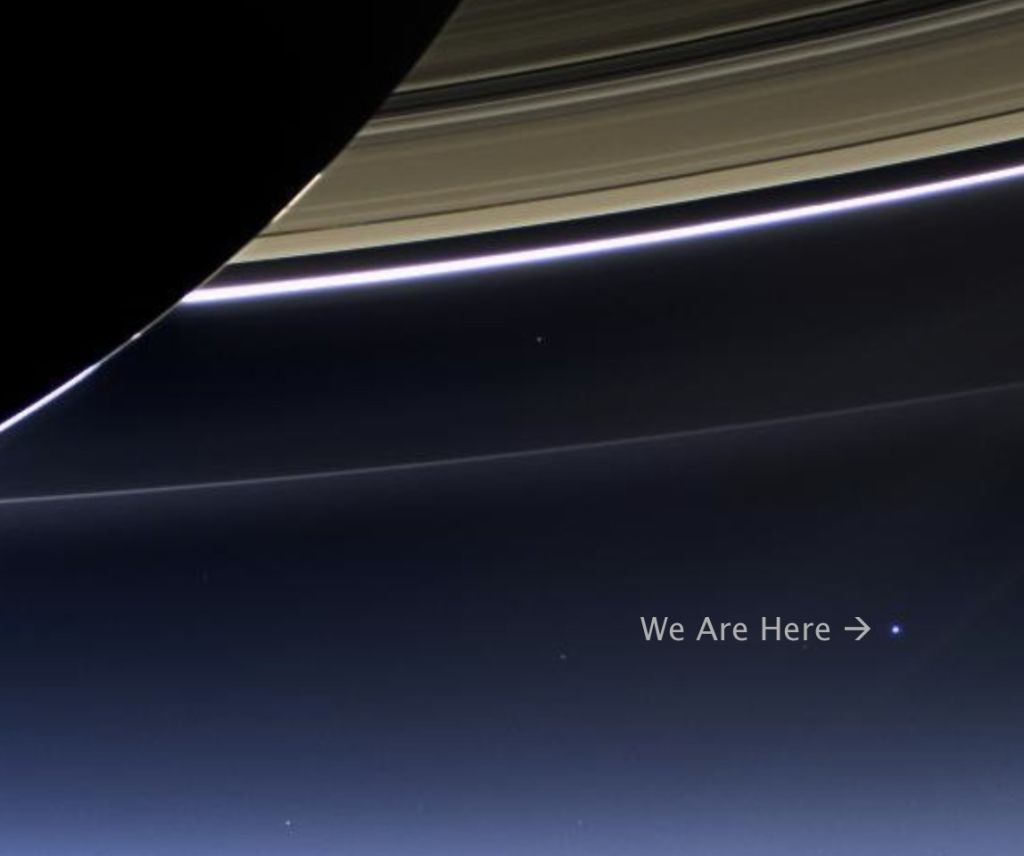
The universe is so vast that no one will ever be able to explore it. But, the spirit of adventure must never die within us. We must aim for much more outer space exploration and learn what this universe has to show us.
Image Credits: NASA JPL & WikiMedia Commons
Disclaimer: This content was written by me with excerpts from NASA JPL and Wikipedia.
